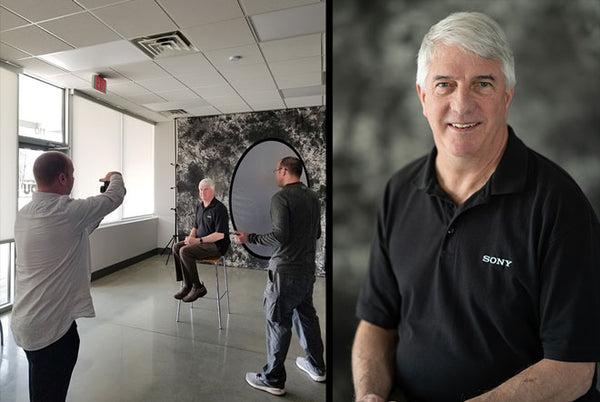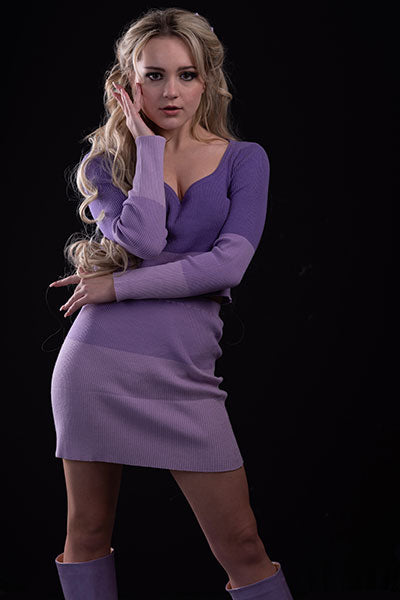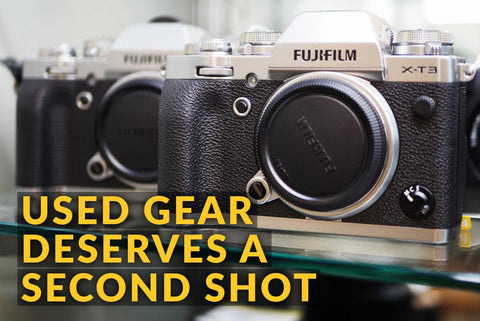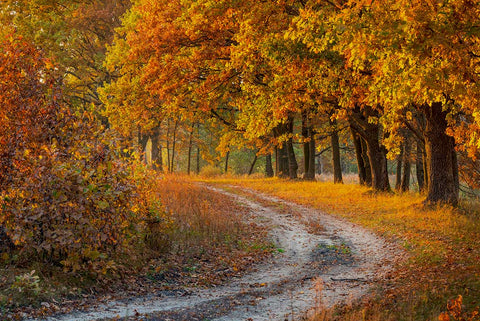Images & Words by Alan Holtmeier
Model: Sydney Hendricksen
Are you looking to take your photography skills to the next level? One thing that can greatly enhance your photos is off camera lighting. By learning how to use a camera flash or studio light, you can add depth, dimension, and professional quality to your images. Let's explore the reasons why giving off camera lighting a try can greatly improve your photography!
Why is off camera lighting important?
Using flash or studio lights allows for more control over the lighting conditions in your photographs. Natural light is beautiful, but it can be unpredictable and limited especially in the cold winter months of the Midwest. By using artificial light sources, such as a camera flash or studio light, you can manipulate the lighting to suit your creative vision.
Off camera lighting also helps to eliminate harsh shadows and evenly illuminate your subject. This can make your photos look more professional and polished. Whether you're shooting portraits, still life, or landscapes, off camera lighting can make a significant difference in the overall quality of your images.
How to get started with off camera lighting?

Getting started with off camera lighting may seem intimidating at first, but with a little practice and experimentation, you'll soon become comfortable! Here are a few steps to help you get started:
- - Invest in the right equipment: To use artificial lighting, you'll need a camera flash or studio light, as well as a trigger or sync cable to connect it to your camera. If you need recommendations, myself and other lighting experts can help you find the right fit for your goals.
- - Understand the basics of lighting: Learn about different lighting techniques, such as key light, fill light, and backlight in one of Rockbrook Camera's lighting classes. Experiment with different angles and positions to see how they affect your subject.
- - Practice with different modifiers: Modifiers, such as softboxes, umbrellas, and reflectors, can help you control the direction and quality of the light. Experiment with different modifiers to achieve the desired effect.
- - Start with simple setups: Begin by using a single light source and gradually add more lights as you become more comfortable. This will help you understand how each light affects the overall look of your photo.
- - Experiment and have fun: Off camera lighting is a creative tool, so don't be afraid to experiment and try new things. Play with different lighting ratios, colors, and intensities to create unique and captivating images!
- - Lean on your local camera store staff, like myself, to help guide you on your journey into off camera lighting.
Benefits of using Studio Lights or Flash

There are several benefits to using off camera lighting in your photography:
-
- Control: Artificial lighting gives you full control over the lighting conditions, allowing you to create the desired mood and atmosphere in your photos.
-
- Depth and dimension: You can add depth and dimension to your images, making them more visually interesting and dynamic.
-
- Professional quality: Off camera lighting can elevate the quality of your photos, making them look more professional and polished.
-
- Flexibility: Artificial light allows you to shoot in any lighting condition, whether it's indoors or outdoors, day or night.
-
- Creative possibilities: Experiment with different lighting setups, colors, and effects to create unique and captivating images.
So, why not give off camera lighting a try? By learning how to use a camera flash or studio light, you can take your photography to new heights. With practice and experimentation, you'll soon discover the endless creative possibilities that off camera lighting offers.






